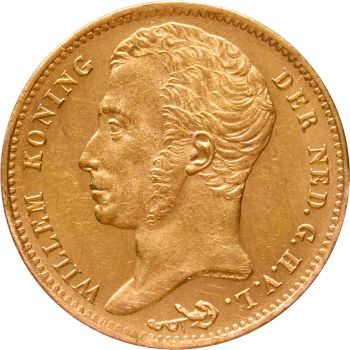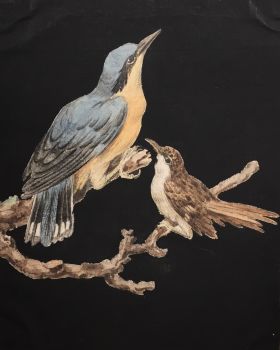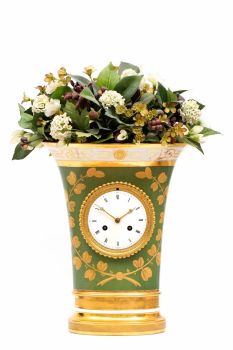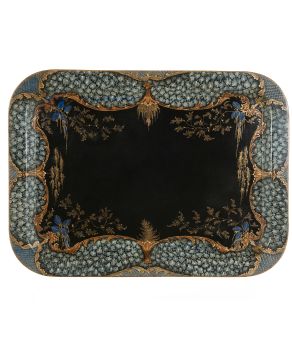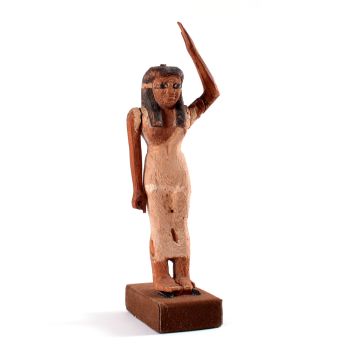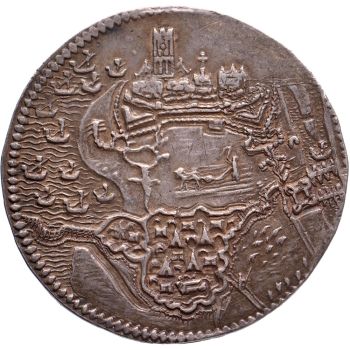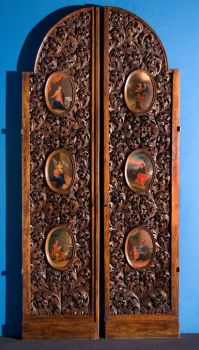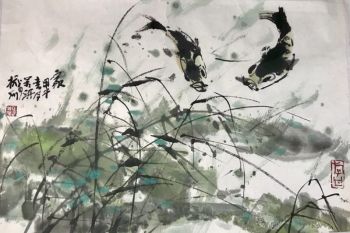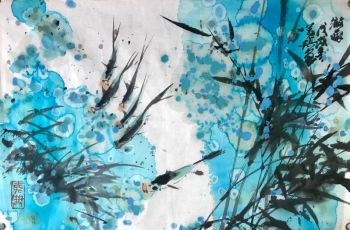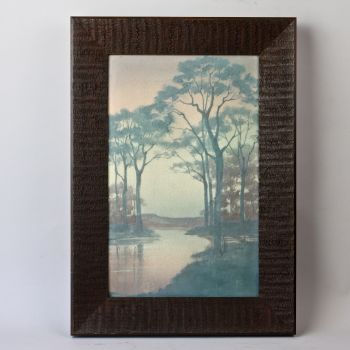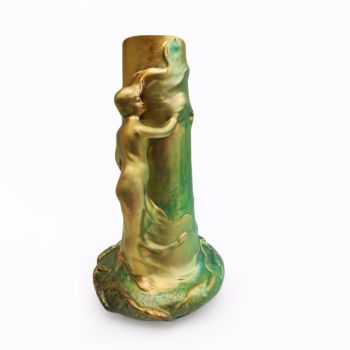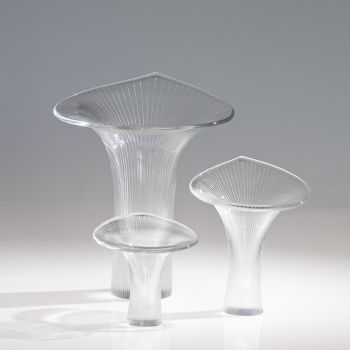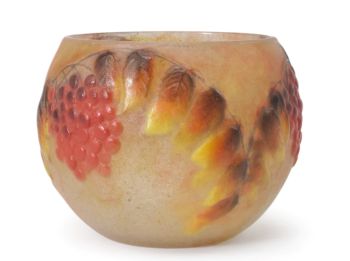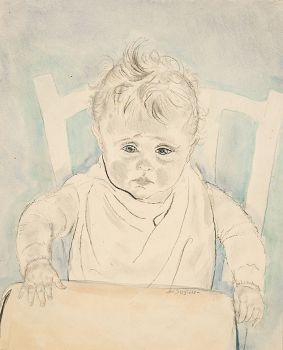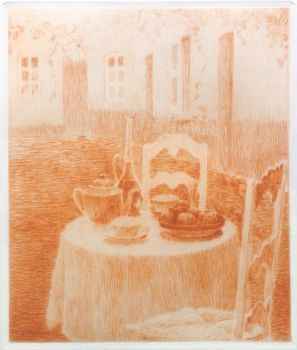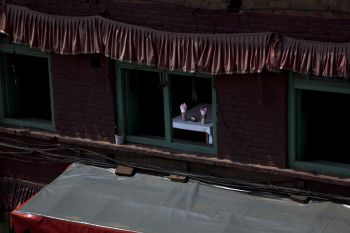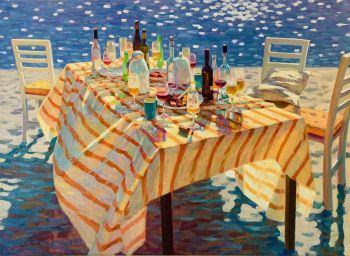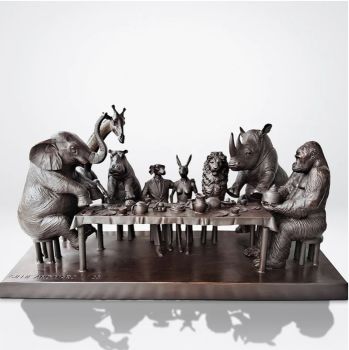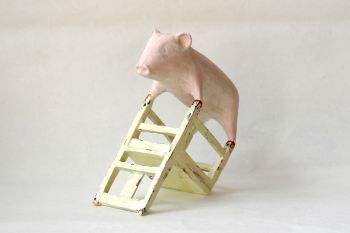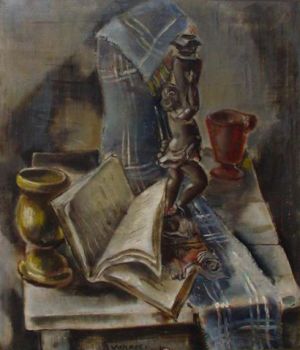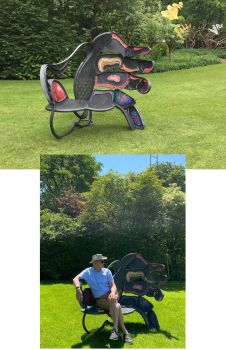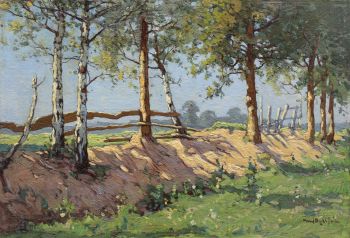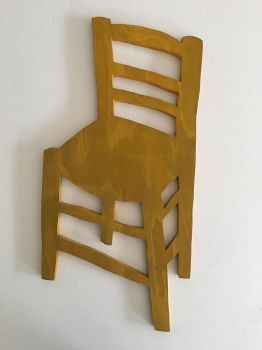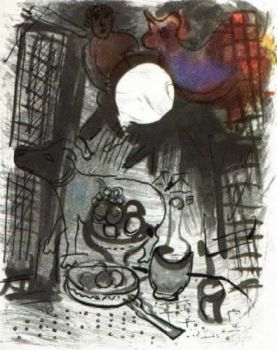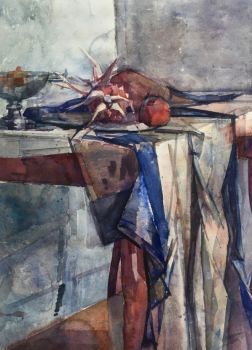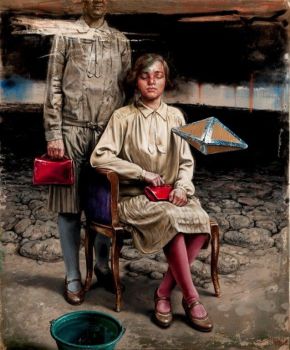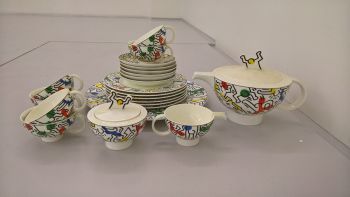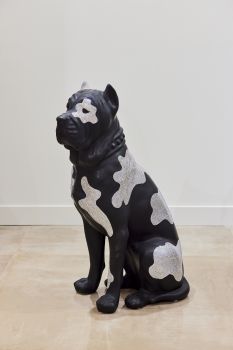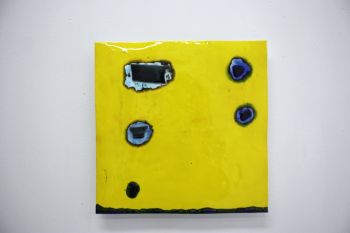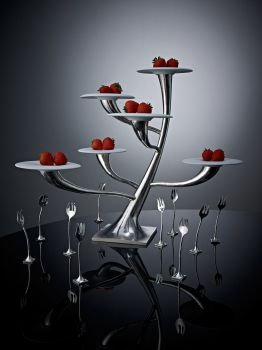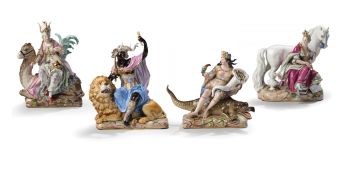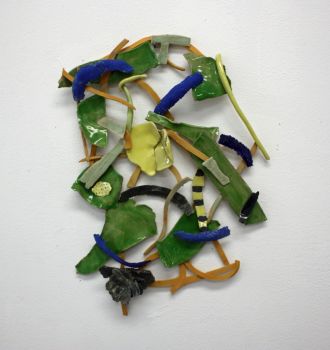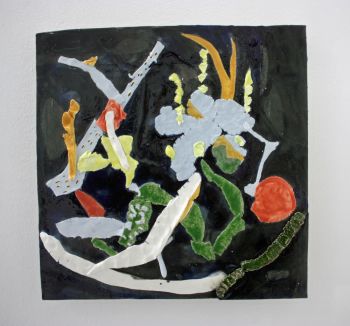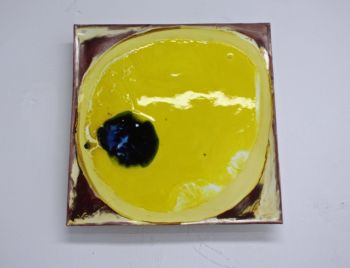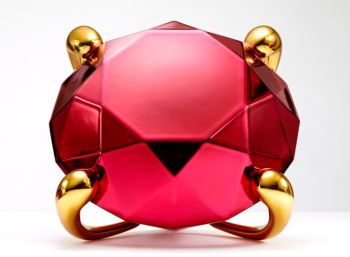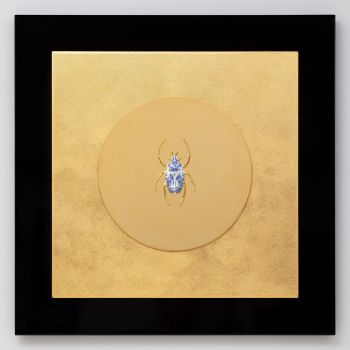TWO FINE JAPANESE ARITA AMSTERDAM DECORATED OR 'CLOBBERED' BOTTLES 1600 - 1750
Unknown artist
Porcelain
27 cm
Price on request
Zebregs & Röell - Fine Art - Antiques
- About the artworkTWO FINE JAPANESE ARITA AMSTERDAM DECORATED OR 'CLOBBERED' BOTTLES
Edo period late 17th/early 18th century
The smaller one is decorated with a lambrequin and under it, one perched, one flying pheasant and a fly among prunus, peony and bamboo, the larger one with on the belly also one flying, one perched pheasant and a fly and in addition a butterfly amongst tree peony and chrysanthemums under a frieze on the shoulder of cartouches with floral decoration.
H. 21 cm, content: 1.4 liter
H. 27.5 cm, content: 2.2 liter
Note:
These bottles arrived undecorated in the Netherlands where they were decorated in the Chinoiserie and Kakiemon style with red, green, blue, black, yellow and aubergine enamels and sometimes with gold.
“Dutch” decorated white Arita bottles are often called “Amsterdam’s bont”. However this kind of decoration was not only done in Amsterdam but in Delft, the Dutch provinces, England and Germany as well. The larger bottle, for instance, is likely to have been decorated in England, Lowestoft. - About the artist
It might happen that an artist or maker is unknown.
Some works are not to be determined by whom it is made or it is made by (a group of) craftsmen. Examples are statues from the Ancient Time, furniture, mirroirs, or signatures that are not clear or readible but as well some works are not signed at all.
As well you can find the following description:
•“Attributed to ….” In their opinion probably a work by the artist, at least in part
•“Studio of ….” or “Workshop of” In their opinion a work executed in the studio or workshop of the artist, possibly under his supervision
•“Circle of ….” In their opinion a work of the period of the artist showing his influence, closely associated with the artist but not necessarily his pupil
•“Style of ….” or “Follower of ….” In their opinion a work executed in the artist’s style but not necessarily by a pupil; may be contemporary or nearly contemporary
•“Manner of ….” In their opinion a work in the style of the artist but of a later date
•“After ….” In their opinion a copy (of any date) of a work of the artist
•“Signed…”, “Dated….” or “Inscribed” In their opinion the work has been signed/dated/inscribed by the artist. The addition of a question mark indicates an element of doubt
•"With signature ….”, “With date ….”, “With inscription….” or “Bears signature/date/inscription” in their opinion the signature/ date/ inscription has been added by someone other than the artist
Are you interested in buying this artwork?
Artwork details
Related artworks
Unknown artist
The Stamford Raffles Secretaires.1800 - 1813
Price on requestZebregs & Röell - Fine Art - Antiques
Unknown artist
An Indian part-gilt silver-clad ceremonial sceptre or mace with a tiger’s head1850 - 1900
Price on requestZebregs & Röell - Fine Art - Antiques
 Curated by
Curated byDanny Bree
1 - 4 / 12Unknown artist
A JAPANESE SMALL SAWASA 'PEACH-FORM' CRUCIBLE CUPearly 18th
Price on requestZebregs & Röell - Fine Art - Antiques
Unknown artist
A RARE LARGE JAPANESE LACQUERED LEATHER TELESCOPE1750 - 1800
Price on requestZebregs & Röell - Fine Art - Antiques
Unknown artist
AN IVORY NETSUKE OF A DUTCHMAN FROLICKING WITH A SMALL BOY18th century
Price on requestZebregs & Röell - Fine Art - Antiques
Unknown artist
A MARINE IVORY NETSUKE OF A DUTCHMAN HOLDING A CHINESE FAN18th century
Price on requestZebregs & Röell - Fine Art - Antiques
Unknown artist
A rare Japanese export lacquer medical instrument box1650 - 1700
Price on requestZebregs & Röell - Fine Art - Antiques
Unknown artist
The Stamford Raffles Secretaires.1800 - 1813
Price on requestZebregs & Röell - Fine Art - Antiques
Unknown artist
A IVORY NETSUKE OF A DUTCHMAN HOLDING A COCKEREL18th century
Price on requestZebregs & Röell - Fine Art - Antiques
Unknown artist
A SMALL IVORY NETSUKE OF A DUTCHMAN WITH A DRUM1750 - 1800
Price on requestZebregs & Röell - Fine Art - Antiques
1 - 4 / 24- 1 - 4 / 24
Unknown artist
A rare filigrana a retortoli goblet1550 - 1600
Price on requestPeter Korf de Gidts - Antiquairs
1 - 4 / 24Samuel Dejong
Anatomia Blue Heritage, Atlas Closed2017 - 2019
Price on requestVilla del Arte Galleries
1 - 4 / 24Unknown artist
A JAPANESE MODEL OF A NORIMONO, A PALANQUIN1650 - 1700
Price on requestZebregs & Röell - Fine Art - Antiques
Unknown artist
A GILT-SILVER SRI LANKAN DOCUMENT SCROLL CONTAINER 19th century
Price on requestZebregs & Röell - Fine Art - Antiques
1 - 4 / 12







